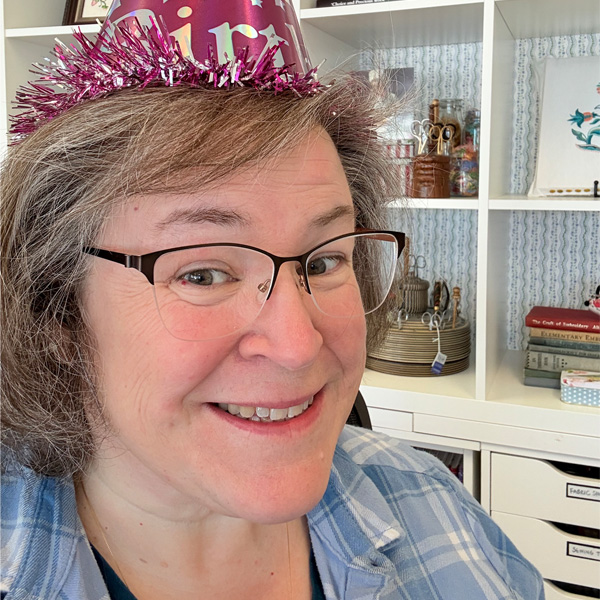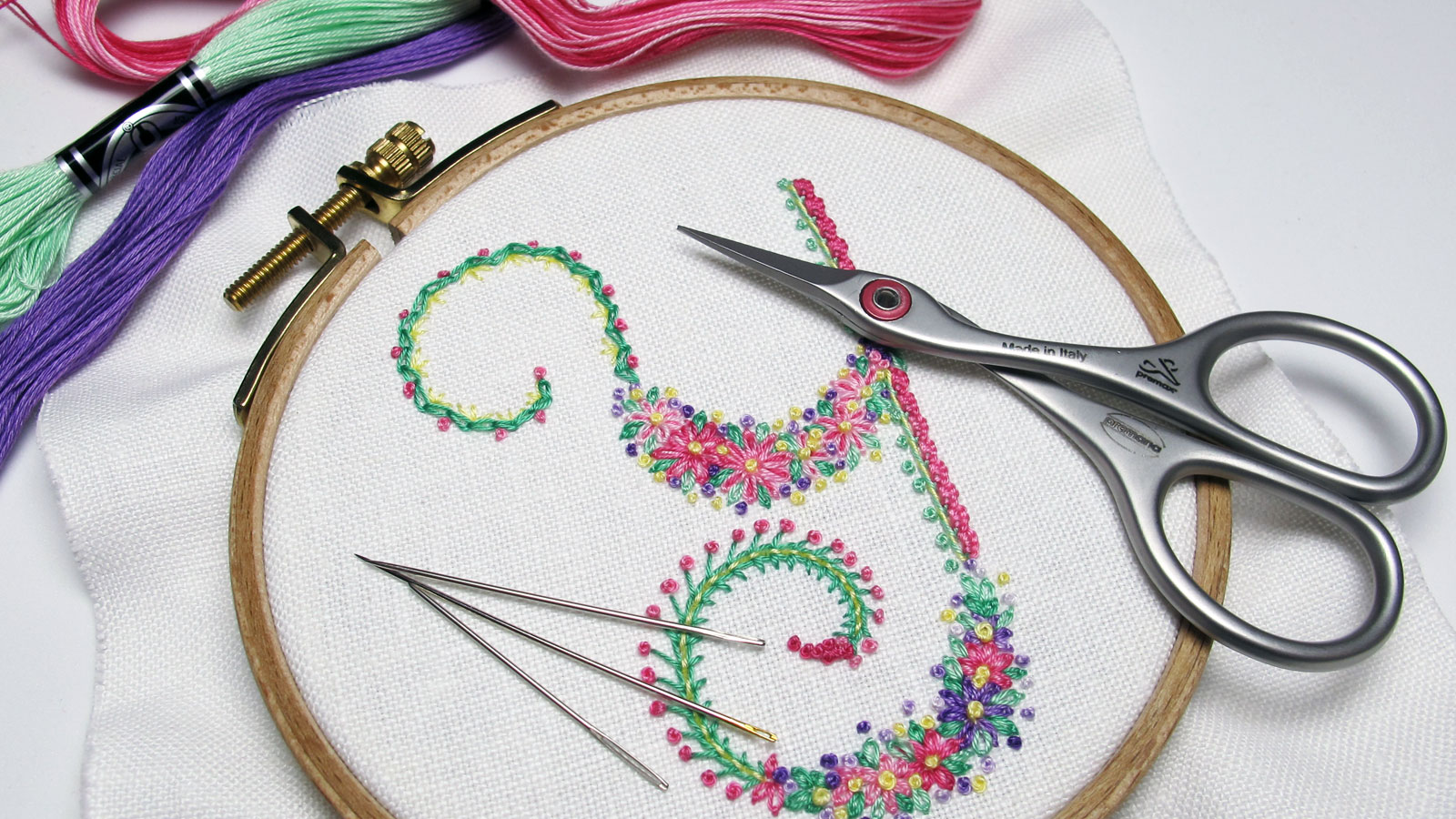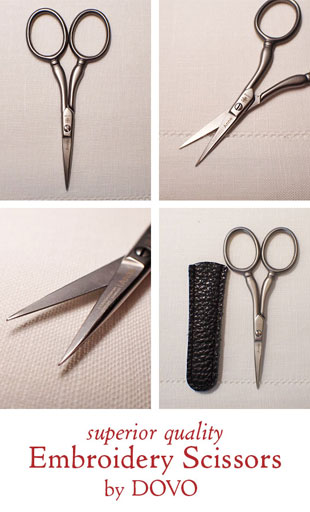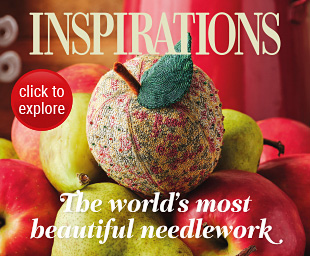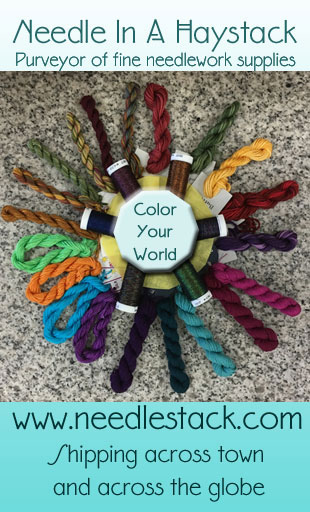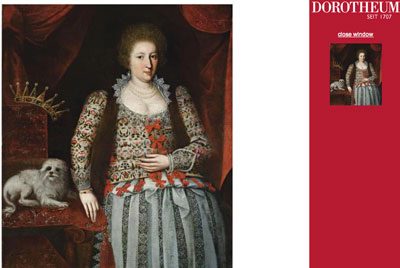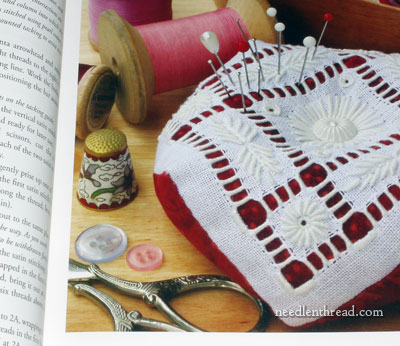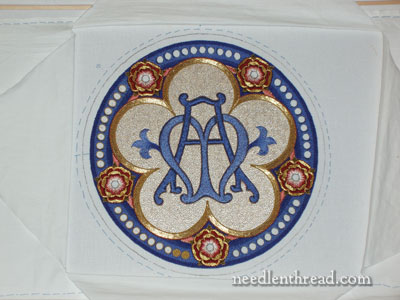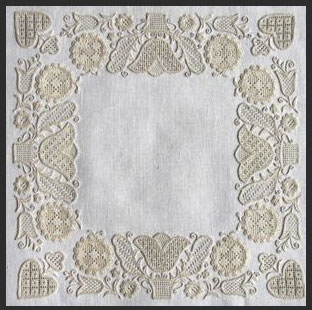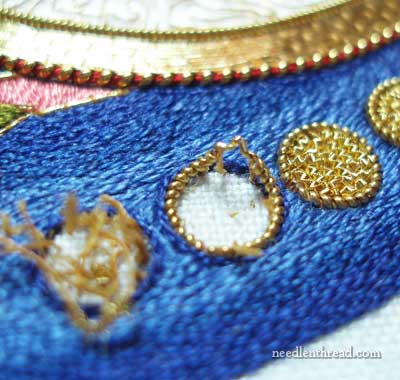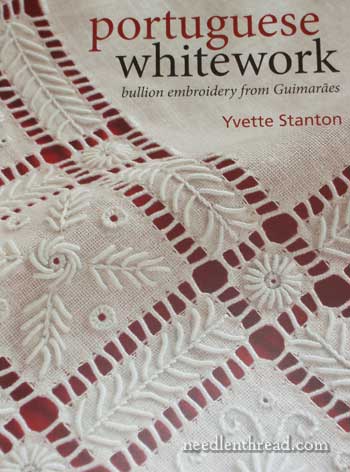May 14, 2012
Silk & Goldwork Embroidered Medallion – Finished!
It was last June when I sketched up the original design that would become the Medallion Project. Just short of a year ago! And approximately 450 hours of stitching later – most of which was done between the January and now – it is Finally Finished!
Didn’t you hear all that joyous shouting Saturday around 2:00 pm? That was me. I let out a regular hoop-dee-doo.
This finished medallion will be appliquéd to the back of a chasuble, but that won’t happen until the end of this week. Between now and then, there’s one more step to prepare the medallion for the appliqué process, and I’ll show that to you once I’ve done it. Today, I’ll share with you the final steps in the embroidery.


